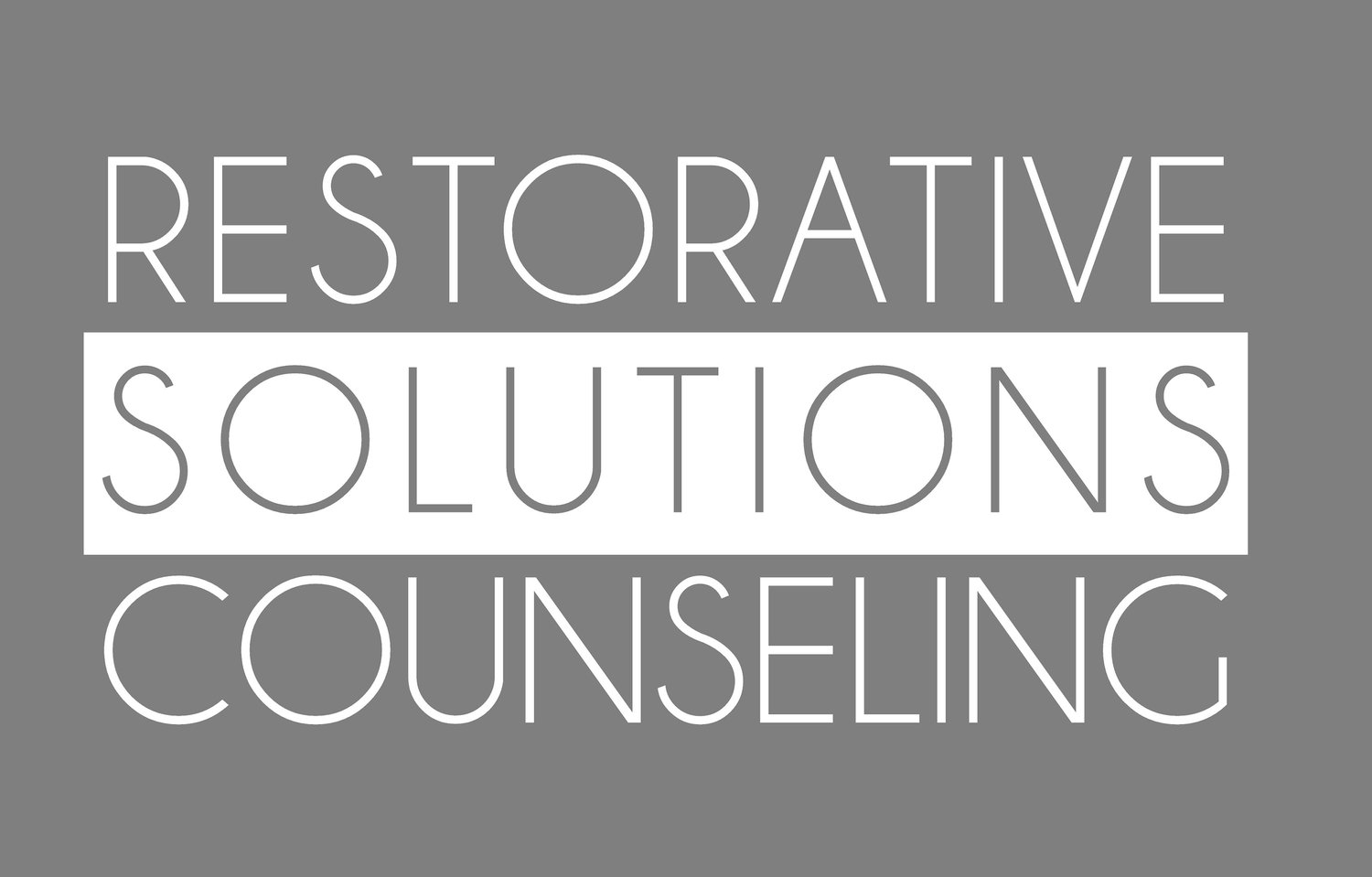Last week I started sharing information from the book, Breaking Free of Child Anxiety and OCD by Dr. Eli Lebowitz. If you haven’t read that yet, I encourage you to go and check it out before reading today’s blog. Two main topics were brought up last week: Accommodating a child’s anxiety (making adjustments that are designed to prevent them from feeling anxious) tends to actually reinforce feelings of anxiety instead of helping, as well as the idea that both protective and demanding language that we might use with anxious kids might be doing more harm than good.
I want to start today by talking about language first. Dr. Lebowitz encourages supportive language instead of protective or demanding. When we use supportive language, we are being accepting of the child and their difficulties surrounding anxiety as well as showing confidence in their ability to handle the anxiety. Supportive language requires both pieces.
Demanding language often comes across as harsh and impatient because the parent thinks, “Come on, this isn’t a big deal, just get over it.” Before any of you “demanders” get upset with yourself, consider that this is coming from a place of confidence in your child. Demanding language is used because parents know their kid can handle the anxiety that they are feeling. However, demanding isn’t very accepting.
Protective language is used by parents who understand that their child is dealing with something incredibly difficult, and are afraid of what these feelings are doing to their child. This type of language is very accepting and understanding of their child’s pain. However, this type of language doesn’t show much confidence in the child’s ability to handle their anxious feelings. Supportive language uses the best of both types. Instead of either saying, “Oh, wow! I see that this is really overwhelming for you.” or “You can handle this.” Supportive language says, “Oh, wow! I see that this is really overwhelming for you, and I know that you can handle this.” Before making any adjustments in accommodations, it is recommended that you spend at least a couple of weeks concentrating on using supportive language. Why? Not because it will give them warm fuzzies. Using supportive language sets the stage of understanding and confidence that will be necessary to start removing accommodations.
In the beginning of last week’s blog I mentioned that the book only focuses on changes that parents can make, not on changes that kids are expected to make. Remember, you can only control you, and you can’t control your child or their feelings. The book recommends that parents sit down and write out the different accommodations that they are making before proceeding. Write them all down, even if you aren’t completely certain if it counts as an accommodation. It is best to start out concentrating on one accommodation that you plan to remove or adjust. This accommodation should preferably be one that happens frequently. Consider whether the accommodation would be best discontinued completely or if it would be best to reduce it in some way at the start. Writing this down and making a very thorough plan will allow you to think through possible reactions from your child, difficulties in implementing the plan, or anything else that you could anticipate. When your plan is in place (and you’ve been using supportive language for a couple of weeks about your child’s experience with anxiety) it is time to let them know your plan. Informing them about what to expect is important because this will be a big and difficult change for your child, and it is only fair that they know what to expect from you and why you are doing it. When explaining the plan to your child, it is important to use supportive language and concentrate on what YOU will be doing. This plan isn’t about what you expect from your child, it is about what they can expect from you. It isn’t important that they approve of the plan, in fact, they probably won’t. They may have valuable input, so being willing to listen to their ideas is a good idea, but you are the parent, so you will make the final decision about this plan. Upon implementation, they may react strongly. In times of high stress the book points out that we often go into fight or flight, so don’t be surprised if your child becomes uncharacteristically argumentative or aggressive. Continue to show support, but don’t back down from your plan in the face of this because it will show your child that this type of behavior can change your mind in the future.
If you see a potential benefit to following and implementing the plan from this book, I highly encourage you to go ahead and read it. It is significantly more thorough than this brief overview, and it is an easy read. You can find it easily online, but don’t forget it is also free through the library. If you happen to have read this and don’t think that you are making any accommodations for your anxious child, give it a read anyway because it can help you understand your child’s point of view a little better. However, I stated previously that parents don’t create their child’s anxiety, and I stand by that statement. Just because your child is anxious doesn’t actually mean that you are accommodating it, and even if you are, you’re not responsible for their anxiety. Whether or not accommodations are happening in your home, your child may benefit from working with a counselor as they learn to deal with their anxiety. Anxiety is highly treatable through both counseling and medication. Some people are naturally more anxious than others, but anxiety is a universal part of the human experience. Being anxious doesn’t have to mean that a person is miserable.
